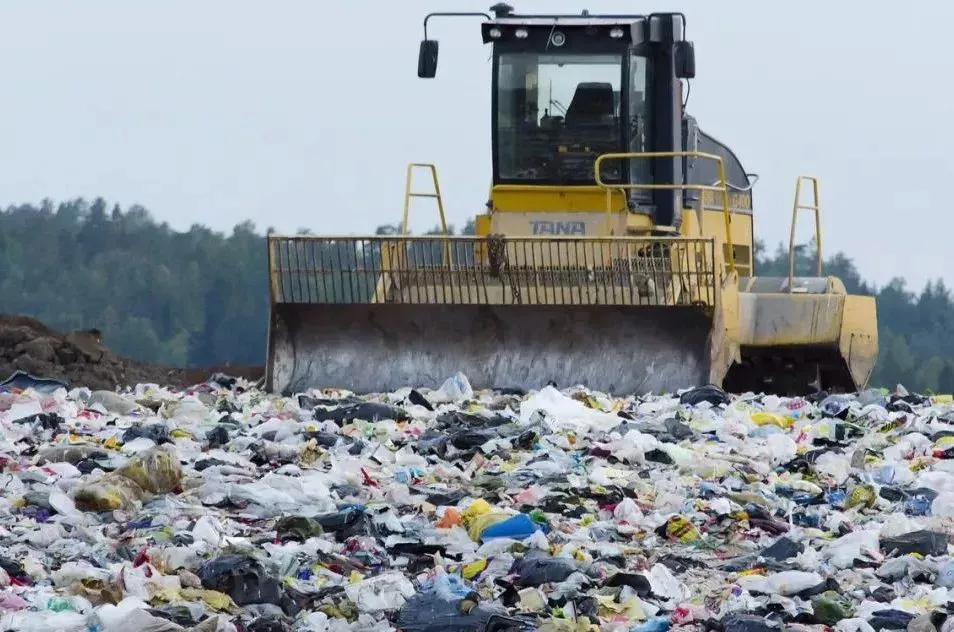 93
93
Biodegradable plastics refer to the gradual decomposition into simple chemical substances such as water, carbon dioxide, methane, biomass and other substances through microorganisms, water, light, heat and other factors in the natural environment, which will not cause harm to the environment and ecology. Biodegradable plastics is a relatively new sustainable development technology, which is of great significance in environmental protection and sustainable development by improving the biodegradation performance of plastic materials and reducing plastic pollution.
Biodegradable plastics are widely used in daily life, such as shopping bags, garbage bags, disposable lunch boxes, cup LIDS, etc. Compared with conventional plastics, biodegradable plastics have many advantages, such as: reducing environmental pollution; Reduce garbage removal workload; Improve the recycling rate of plastics.
 Biodegradable plastics Category:
Biodegradable plastics Category:
①, microbial synthetic plastics
This type of plastic is a biodegradable polyester synthesized under the action of microbial enzymes. Special microorganisms use sugars and organic acids as raw materials, through fermentation and synthesis, polyesters with aliphatic structure such as polyhydroxyalkanoic acid (PHAS) and polyhydroxyfatty acid ester (PHB) are produced in vivo. Such substances can be broken into low-molecular weight fragments under the catalysis of microbial enzymes, and are further absorbed by microorganisms and completely decomposed into carbon dioxide and water. Bags, bottles and mulch made of this kind of plastic have remarkable decomposition performance, and excellent wear resistance, water resistance, plasticity, mechanical properties and other aspects. As early as 2012, the European Union's PHBOTTLE research and development team used juice beverage processing waste to produce a cheap full biodegradable plastic PHB, which turned waste into treasure at the same time, and effectively reduced the content of organic pollutants in wastewater.
②, natural polymer plastics
The main raw materials of natural polymer plastics are some polymers existing in nature, the most representative of which is whole-starch plastics. Whole starch plastic is a kind of thermoplastic starch. Ordinary starch does not have thermoplasticity, because starch is a polyhydroxyl aldehyde (glucose) polymer, a large number of hydroxyl groups in its structure lead to the starch easy to form intramolecular and intermolecular hydrogen bonds, these hydrogen bonds cause the melting temperature of starch greatly increased, much higher than its decomposition temperature, resulting in ordinary starch heating without melting first decomposition phenomenon, therefore, can not be made into plastic. However, by changing the double helix crystal structure within the molecule and reducing the number of hydrogen bonds within the molecule, the purpose of reducing the melting temperature of starch can be achieved, so that the starch has a good thermoplasticity, this modified starch is also known as "unstructured starch". The process of making whole starch plastics from non-constitutive starch is extrusion, injection, pressing film, etc., and water, glycerin and other plasticizers. The processing method and plasticizer ratio are different, and the properties of plastics are not the same.
(3) Synthetic biodegradable plastics
Starch based biosynthetic plastics are degradable materials with better performance after modification of starch. The main ones are polyhydroxyl fatty acid ester (PHA) and polylactic acid (PLA). PHA is a general term for a class of intracellular polyesters commonly found in a variety of bacteria, which has good mechanical properties, excellent biocompatibility and biodegradability. Starch from a certain strain of bacteria through anaerobic respiration (fermentation), lactic acid can be obtained, lactic acid through dehydration condensation to form PLA, also known as polylactide. The starch extracted from corn, cassava and other crops can become the raw material of polylactic acid, which has sufficient sources and can be recycled, and is one of the most promising degradable plastics.
Polylactic acid has excellent physical properties, degradability, biocompatibility and degradability, antibacterial and mildew resistance, so polylactic acid has broad development space and great application potential in many fields such as agriculture, medical, textile and so on.


